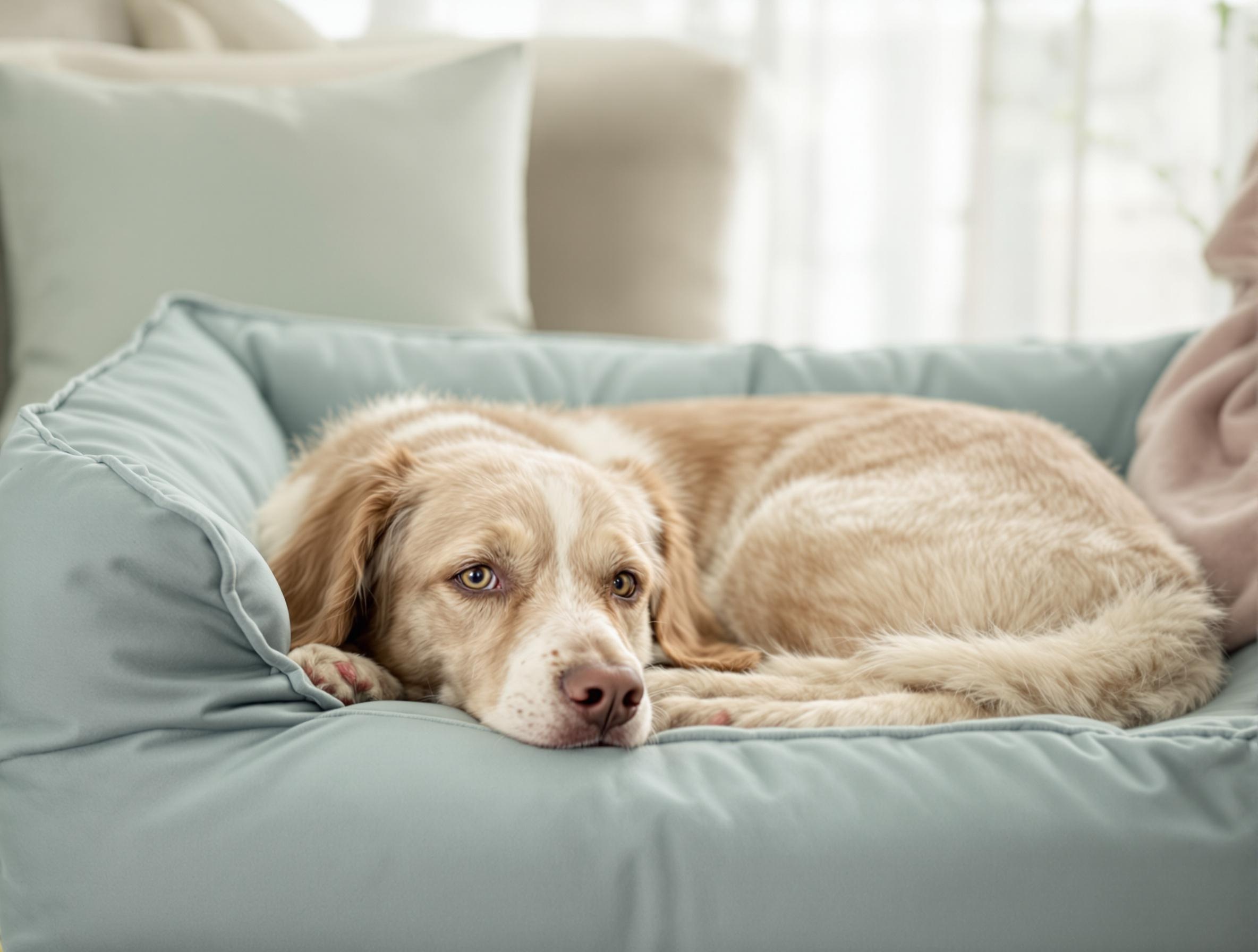Why Do Dogs Get The Zoomies

Does your dog ever get a sudden burst of energy, using your home as their own personal racetrack? Frenetic random activity periods (FRAPs) also known as “the zoomies” are one of the many things we love about dogs.
Why Do Dogs Get The Zoomies?
Behavioral scientists aren’t sure why dogs, cats, and other species get “the zoomies,” but it seems to occur the most when your dog has pent-up energy, anxiety, or stress.
You might notice your dog zooming around right after a bath, after pooping, upon being released from their crate, or for no apparent reason at all. They might also zoom in the evenings, possibly when they’re over-tired or have unused energy left over before bedtime.
How Do I Stop The Zoomies?
Frenetic random activity periods are harmless. Dogs typically are still mentally present during these episodes and will rarely run into walls or otherwise harm themselves while they’re zooming about.
The zoomies can become a problem if they occur at inconvenient times. It’s not uncommon for dogs to get a case of the zoomies at agility or obedience trials, competitions, and classes.
In these cases, the likely cause is the excitement or stress of being around many people and other dogs. Frustration may also be a factor, especially if they occur after repeated mistakes when the dog doesn’t know what to do next.
It’s tough to stop a dog in their tracks when they’re at the peak of their zoomies. Most of the time it’s best to avoid chasing your dog, as this can make it feel like a game, and they’ll likely feel compelled to run away. Though it may seem counter-intuitive, if you run in the opposite direction, your dog will most likely start to chase you.
If your dog is prone to zoomies in open spaces, it may be best to keep them on a leash in unfenced or unsafe areas. A 15 to 30 foot long line is a great tool for letting your dog safely run off steam.
Giving your dog more opportunities to exercise can help keep the zoomies at bay. It’s not enough to let your dog loose in the backyard. On-leash neighborhood walks, tug-of-war, and using a flirt pole are all fun ways to exercise your dog while keeping them engaged with you. Even low impact mentally stimulating activities like puzzle toys can help direct your dog’s energy in productive ways.





